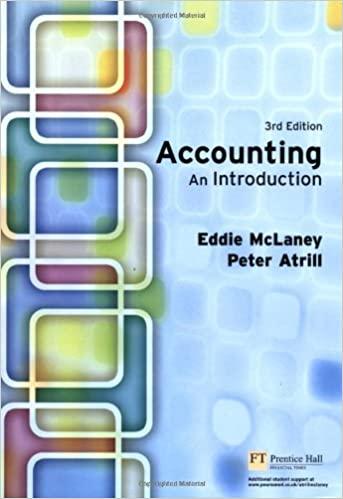LEARNING CURVE ESTIMATE-PROBLEM 1 Your company is buying a new item from a supplier whose process normally demonstrates a 90% learning curve. The buyer placed an order for 5,000 units and received a quote from the supplier of $467.50 per unit. The quote included the following per-unit cost and profit data: Material $75 Direct labor $140 (10 hours on average per unit at $14 per hour) Overhead $210 (Allocated at 150% of direct labor, includes SG&A) Total costs $425 Profit $42.50 (10% of total costs) Price per unit $467.50 157 758 Supply Chain Financial Management Your company now wants to place an order for 35,000 additional units. You buyer estimates that material costs will decrease by 10% due to larger volume How much should your company expect to pay per unit for the second order given the expected benefit of the learning curve and the reduction in material coste due to higher volumes? What could cause your estimated price not to be correct? RETICAL BEST PRICE-PROBLEM THEORETICAL m and has collected the following cost information (see Table 10.9). First, calculate the TBP, given this set of A buyer is sourcing a from three suppliers (see Table data. Second, complete ea complete each row and column of Table 10.10. Table 10.9 Direct Labor Direct Materials Overhead SG&A Profit Price Supplier A $18.75 $22.18 $25.76 $5.80 $7.75 $80.24 Supplier B $20.20 $22.05 $29.75 $5.20 $6.90 $84.10 Supplier $19.90 $21.87 $28.34 $6.28 $6.50 $82.89 TBP: Supplier Table 10.10 Standardized against the best cost Supplier A Supplier B Direct Labor Direct Materials Overhead SG&A SAT I Profit Price-to-best-price Ratio How can a buyer obtain the cost data necessary to arrive at a TPB?! 1. What is the average PPI for this item for 2012, 2013, and 2014? Do you believe the price index for this item is relatively stable or volatile? 2. In retrospect, was the decision to pursue fixed pricing with this supplier a good economic decision from the buyer's perspective? Why or why not? Provide quantitative evidence. 3. What was the percent change in the index from June 2012 to July 2012? What was the percent change from January 2014 to April 2014? What could have caused these changes in prices and therefore, the index?! 4. If the buyer intends to renew the agreement for another two years with this supplier, do you feel the 3% price increase is reasonable? Why or why not? What other information might you need to know to make an informed decision











